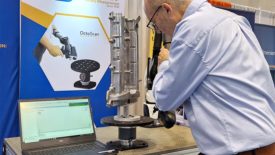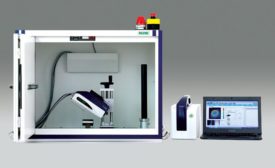Home » Keywords: » engineering
Items Tagged with 'engineering'
ARTICLES
Sponsored Content
Quality Control in the Automotive Racing Industry
Read More
Quality Headline
Six Entrepreneurs in the Americas Selected as Regional Finalists for Premier Social Innovation Accelerator
July 19, 2024
Management
2024 State of the Profession Survey: Skills, Satisfaction and Salary
Our State of the Profession Survey delves into each of these topics as well as top job concerns for quality professionals today.
June 5, 2024
2024 Quality Plant of the Year: 3D Engineering Solutions
This Cincinnati-based company is a world class operation.
March 1, 2024
Quality 101
The Next Dimension of Precision: Integrating Rotary Tables into Coordinate Measuring Systems
The accuracy and reliability of CMMs and PCMMs are foundational to quality.
February 16, 2024
The Spending Forecast is Here
The 22nd Annual Quality Spending Survey Results
Concerns about Covid-19 are down, but inflation worries are up.
December 29, 2022
Quality Headline
Hexagon Advances Shift to Zero at HxGN LIVE Smart Simulation Summit
November 1, 2022
Stay in the know with Quality’s comprehensive coverage of
the manufacturing and metrology industries.
eNewsletter | Website | eMagazine
JOIN TODAY!Copyright ©2024. All Rights Reserved BNP Media.
Design, CMS, Hosting & Web Development :: ePublishing










